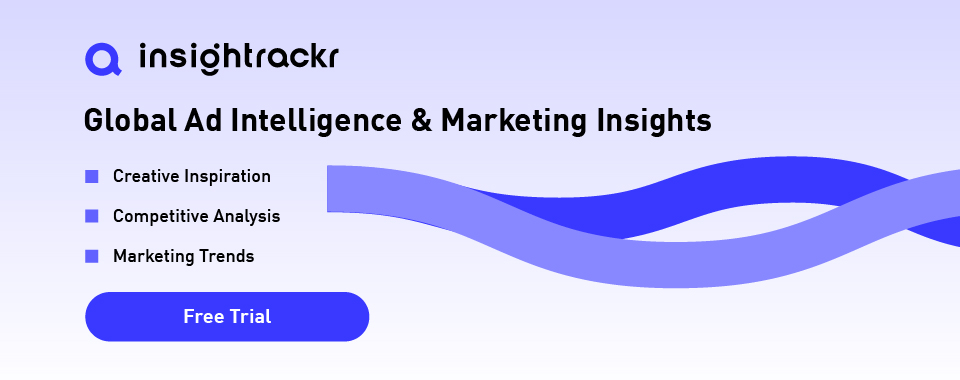Ad Fatigue | Mobile Advertising Terminology

1. What Is Ad Fatigue?
Ad fatigue refers to the phenomenon where users see the same ad repeatedly and begin to experience creative burnout or emotional resistance.
This results in a steady drop in engagement metrics such as click-through rate (CTR) and conversion rate. It often occurs in campaigns with high ad frequency or where creatives are not updated in time, directly affecting campaign performance and return on investment (ROI).
On platforms like Meta Ads, Google Ads, and TikTok Ads, signs of ad fatigue include falling CTRs, rising CPMs, and deteriorating conversion rates.
2. Why Does Ad Fatigue Matter?
Ad fatigue is often called the “silent killer” in digital advertising. It usually surfaces in the mid-to-late stages of a campaign, making it hard to detect but quick to drain budgets and reduce returns.
Common issues caused by ad fatigue include:
- Declining performance: Users lose interest in repetitive content, skip the ad, or develop negative emotions.
- Wasted ad spend: Platforms continue to bid for placements at premium prices, but the audience no longer engages.
- Brand perception risks: Repetitive and unvaried content can lead to frustration and damage brand affinity.
- Misattribution: Advertisers may misinterpret a drop in conversions as a platform or product issue, overlooking the role of worn-out creatives.
3. How to Prevent and Manage Ad Fatigue?
Managing ad fatigue effectively is not just about swapping an image or headline. It involves a comprehensive strategy across creative production, audience targeting, and campaign pacing.
Here are several practical directions to consider:
a. Creative Optimization: Variety Is Key
- Creative rotation: Prepare multiple versions of each ad in advance, using different copy, visuals, and video edits.
- Dynamic Creative Ads: Let platforms automatically mix and match headlines, images, and descriptions to increase variation.
- UGC-style creatives: Use user-generated content with a more natural, lifestyle tone to reduce commercial fatigue and improve relatability.
b. Frequency and Pacing Control
- Frequency capping: Set limits on how often an individual user sees the same ad each day to avoid overexposure.
- Paced delivery: Implement “break-style” scheduling where ads take brief pauses between active periods to reduce viewer burnout.
- Timing optimization: Distribute impressions based on user activity windows to avoid overwhelming them during off-peak hours.
c. Targeting Strategy
- Audience expansion: Use lookalike audiences or interest-based expansions to reduce pressure on a single user group.
- Segmented retargeting creatives: Show different creatives to returning users compared to first-time viewers to prevent repetition.
d. Data Monitoring and A/B Testing
- Regular data review: A consistent drop in CTR over several days can be an early indicator of fatigue.
- A/B testing: Continuously test different creative versions to validate performance at various campaign stages.
4. Conclusion
Ad fatigue is a common yet often overlooked issue in digital advertising. When it sets in, it’s a signal that your current creative or strategy has reached its limits. Continuing to run the same assets without change leads to wasted budget and missed opportunities.
For advertisers and developers, recognizing ad fatigue, preparing response mechanisms, and building a flexible creative library with pacing controls is essential to sustaining campaign performance and protecting long-term ROI.
If you're ready to take your mobile marketing to the next level, it's time to Signup Now and start unlocking the full potential of insightrackr!
